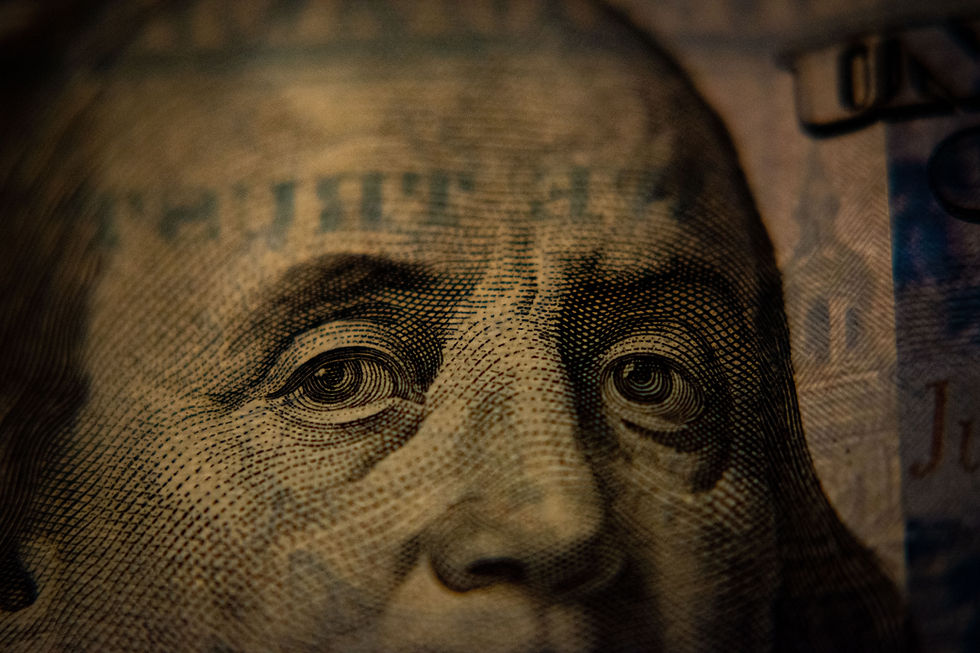
The United States witnessed a moderate escalation in prices during the month of February. Notably, the pace at which the costs of services, excluding housing, increased showed a significant deceleration. This trend is crucial as it keeps the prospect of an interest rate cut by the Federal Reserve in June a viable option. Such a development is significant as it reflects the Federal Reserve's response to the evolving economic environment and its implications for monetary policy.
According to data released by the Commerce Department's Bureau of Economic Analysis, there was a 0.3% increase in the Personal Consumption Expenditures (PCE) price index for the month of February. This rise comes on the heels of a revised increase in January, which was initially reported at 0.3% but later adjusted to 0.4%. The PCE price index is a critical measure used to gauge inflation by tracking changes in the prices of goods and services consumed by individuals.
Over the 12 months ending in February, the rate of PCE inflation advanced to 2.5%, marking a slight increase from the 2.4% rise observed in January. This year-on-year increase aligns closely with the predictions made by economists polled by Reuters, who anticipated a 0.4% rise in the monthly PCE price index and a 2.5% increase on a yearly basis. These forecasts are essential for understanding market expectations and guiding economic policy decisions.
The overall pressure from rising prices appears to be subsiding, although the rate of deceleration is slower compared to the more significant drops seen in the first half of the previous year. This slower pace of decrease in price pressures indicates a gradual stabilization in the inflationary environment, which is a critical factor for monetary policy formulation and economic planning.
The officials of the Federal Reserve, during their last meeting, decided to keep the U.S. central bank's policy rate steady within the range of 5.25% to 5.50%. This decision followed a significant cumulative rate increase of 525 basis points since March 2022. The policy rate is a key tool used by the Federal Reserve to influence economic activity, particularly in controlling inflation and stabilizing the economy.
Policymakers within the Federal Reserve are anticipating the execution of three rate cuts within the current year. Financial markets are aligning with this expectation, with the first reduction in rates widely anticipated to occur in June. This anticipation reflects the market's response to the Federal Reserve's monetary policy and its potential impact on economic conditions.
Fed Governor Christopher Waller recently remarked that there is no immediate need to reduce the policy rate. However, he did not dismiss the possibility of cutting borrowing costs later in the year. Waller's statement is a significant indicator of the Federal Reserve's current stance on monetary policy and its readiness to adjust its approach in response to changing economic conditions as reported by Reuters.
Excluding the typically volatile components of food and energy, the core PCE price index saw a 0.3% rise in February. This increment followed a revised increase of 0.5% in January, which was initially reported to be 0.4%. The core PCE price index is an important indicator as it provides a more stable measure of inflation, eliminating the effects of price swings in food and energy.
In terms of yearly growth, core inflation, which strips out the volatile food and energy sectors, marked an increase of 2.8% in February, slightly lower than the 2.9% increase seen in January. The Federal Reserve pays close attention to this core inflation measure as it pursues its inflation target of 2%. Consistent monthly inflation readings around 0.2% are necessary to bring the overall inflation rate back to this target.
The increase in PCE services inflation, excluding energy and housing, was 0.2% in February, following a 0.7% surge in January. This particular measure, often referred to as super core inflation, is closely monitored by policymakers as it offers a more precise gauge of the inflationary trend, excluding the more volatile sectors.
The report from the Commerce Department also highlighted that consumer spending, which accounts for a significant portion of U.S. economic activity, saw a substantial increase of 0.8% in February, following a more modest increase of 0.2% in January. The robustness of consumer spending is crucial as it is a major driver of economic growth, reflecting the overall health of the economy.
29.03.2024

Comments